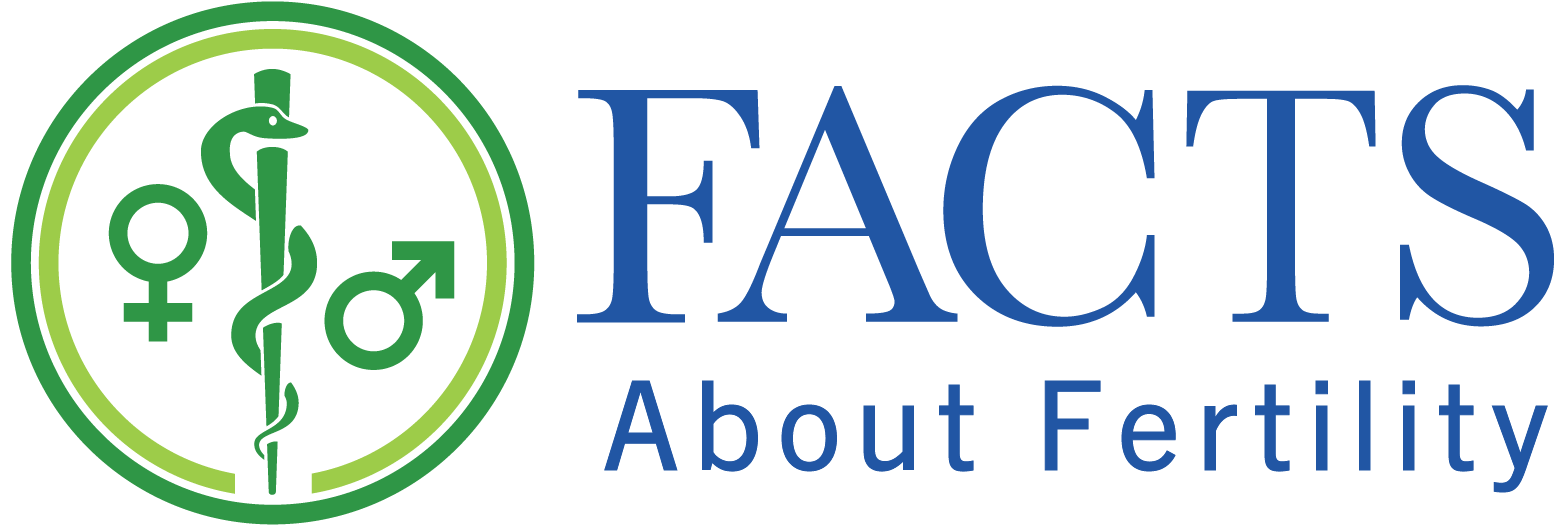By: Donnelle Keelyn Jackson, DO
Director’s Note: November is American Diabetes Awareness Month, and we are featuring research that explores the implications of diabetes on female reproductive health. Dr. Donnelle Jackson, a former FACTS elective participant, summarized a review published in 2020 by Thong et al [2] that highlights the role of insulin beyond regulation of blood sugar. The article discusses the complex relationship between diabetes and menstrual irregularities and disorders such as polycystic ovary syndrome (PCOS) as well as the applications of fertility awareness-based methods (FABMs) as a cost-effective means of gaining insight to facilitate earlier diagnoses and better women’s healthcare.
Introduction
Most people have heard of diabetes, but how many of them know of the extensive effects this condition has on every stage of a woman’s reproductive health? With diabetes mellitus impacting over 13 million women in the United States alone, it is a relevant topic that deserves more attention. [1] An article published by Thong et al in The Lancet Diabetes Endocrinology journal titled, “Diabetes: A Metabolic and Reproductive Disorder in Women,” reviews the topic of diabetes in its relation to women’s health and summarizes the science community’s understanding of how the two are connected. [2] This brief review of their article aims to highlight some of the statistics and pathophysiology of diabetes in regards to the female reproductive system as well as the potential role of fertility awareness-based methods (FABMs) to help diagnose and treat diabetes-related issues.
Diabetes and Pregnancy
In pregnancy, diabetes may lead to a large-for-gestational-age infant and a more challenging delivery, [3] but that is only a fraction of the potential reproductive complications of diabetes. For instance, type 1 diabetes mellitus, an autoimmune disease that destroys the insulin-producing cells of the pancreas, [4]may contribute to a delayed onset of menstruation [5] and breast development in adolescents, [6] polycystic ovary syndrome (PCOS), [7] and other reproductive issues. [2] Similarly, an association exists between type 2 diabetes and PCOS, a syndrome characterized by an overproduction of sex hormones, increased hair growth, abnormal periods, and infertility. [8][9]
“Type 1 diabetes mellitus, an autoimmune disease that destroys the insulin-producing cells of the pancreas, may contribute to a delayed onset of menstruation and breast development in adolescents, polycystic ovary syndrome (PCOS), and other reproductive issues.”
Insulin and the Reproductive System
These associations are likely due to the fact that insulin does more than simply regulate the body’s blood sugar. It appears to stimulate gonadotropin-releasing hormone, [10] a hormone that plays a vital role in pubertal development. [11] It also appears to stimulate the ovaries to produce sex hormones, which may lead to their subsequent overproduction and the symptoms of PCOS noted above. [12] Although modern technology has greatly helped those who live with diabetes, this condition is not problem free. For example, injecting insulin under the skin leads to direct absorption of insulin into the bloodstream, unlike its natural route from the pancreas, through the portal vein, to the liver, and then to the bloodstream. [2] This bypassing of the liver seen with insulin injections may expose the ovaries to higher-than-normal levels of insulin and lead to overproduction of sex hormones. [2]
“Insulin does more than simply regulate the body’s blood sugar. It appears to stimulate gonadotropin-releasing hormone,… It also appears to stimulate the ovaries to produce sex hormones, which may lead to their subsequent overproduction and the symptoms of PCOS.”

A Potential Role for FABMs
After seeing the interrelation between diabetes, PCOS, and other menstrual irregularities, one might consider ways FABMs could help women with diabetes monitor their reproductive and metabolic health. In the general population, FABMs are used both to avoid and achieve pregnancy as well as to monitor and guide treatment of abnormalities in a woman’s cycle. [13] With the association between diabetes and PCOS, for instance, could using FABMs help diabetic women notice signs consistent with PCOS earlier? Conversely, could FABMs be used alongside other diabetic screening tools, such as hemoglobin A1c and oral glucose tolerance tests, to facilitate earlier diagnosis of insulin resistance? Lastly, do the effects of type 1 diabetes on the menstrual cycle of adolescent girls provide another compelling argument to support the use of FABMs in adolescents?
“Given the large number of women affected by diabetes and its serious effects on the female reproductive system, the use of FABMs to monitor the effects of diabetes on a woman’s cycle could have a positive impact on future reproductive and metabolic outcomes.”
The purpose of the 2020 article by Thong et al was to take a deeper look at the effects of diabetes on women’s reproductive health. Their conclusion was that most diabetes guidelines do not adequately address the negative effects diabetes has on women’s reproductive function. The authors make clear that more awareness and effort is needed to improve outcomes. [2] Given the large number of women affected by diabetes and its serious effects on the female reproductive system, the use of FABMs to monitor the effects of diabetes on a woman’s cycle could have a positive impact on future reproductive and metabolic outcomes.
References
[1] Prevalence of both diagnosed and undiagnosed diabetes, Centers for Disease Control and Prevention, https://www.cdc.gov/diabetes/data/statistics-report/diagnosed-undiagnosed-diabetes.html, Accessed October 24, 2022.
[2] Thong EP, Codner E, Laven JSE, Teede H. Diabetes: a metabolic and reproductive disorder in women. Lancet Diabetes Endocrinol. 2020;8(2):134-149. doi:10.1016/S2213-8587(19)30345-6. Accessed October 19, 2022.
[3] Easter S, Barbieri RL. Medical Disorders During Pregnancy. In: Loscalzo J, Fauci A, Kasper D, Hauser S, Longo D, Jameson J. eds. Harrison’s Principles of Internal Medicine, 21e. McGraw Hill; 2022. Accessed October 25, 2022. https://accessmedicine-mhmedical-com.ezproxy.chs.okstate.edu/content.aspx?bookid=3095§ionid=263966047.
[4] Powers AC, Niswender KD, Evans-Molina C. Diabetes Mellitus: Diagnosis, Classification, and Pathophysiology. In: Loscalzo J, Fauci A, Kasper D, Hauser S, Longo D, Jameson J. eds. Harrison’s Principles of Internal Medicine, 21e. McGraw Hill; 2022. Accessed October 25, 2022. https://accessmedicine-mhmedical-com.ezproxy.chs.okstate.edu/content.aspx?bookid=3095§ionid=265445787.
[5] Schweiger BM, Snell-Bergeon JK, Roman R, et al. Menarche delay and menstrual irregularities persist in adolescents with type 1 diabetes. Reprod Biol Endocrinol. 2011;9:61. doi: 10.1186/1477-7827-9-61. Accessed October 24, 2022.
[6] Rohrer T, Stierkorb E, Heger S, et al. Delayed pubertal onset and development in German children and adolescents with type 1 diabetes: cross-sectional analysis of recent data from the DPV diabetes documentation and quality management system. Eur J Endocrinol. 2007;157(5):647–53. doi: 10.1530/EJE-07-0150. Accessed October 24, 2022.
[7] Codner E, Soto N, Lopez P, et al. Diagnostic criteria for polycystic ovary syndrome and ovarian morphology in women with type 1 diabetes mellitus. J Clin Endocrinol Metab. 2006;91(6): 2250–56. 10.1210/jc.2006-0108. Accessed October 24, 2022.
[8] Peppard HR, Marfori J, Iuorno MJ, et al. Prevalence of polycystic ovary syndrome among premenopausal women with type 2 diabetes. Diabetes Care. 2001; 24(6):1050–52. 10.2337/diacare.24.6.1050. Accessed October 24, 2022.
[9] Hall JE, Dokras A. Menstrual Disorders and Pelvic Pain. In: Loscalzo J, Fauci A, Kasper D, Hauser S, Longo D, Jameson J. eds. Harrison’s Principles of Internal Medicine, 21e. McGraw Hill; 2022. Accessed October 25, 2022. https://accessmedicine-mhmedical-com.ezproxy.chs.okstate.edu/content.aspx?bookid=3095§ionid=265440789.
[10] Salvi R, Castillo E, Voirol MJ, et al. Gonadotropin-releasing hormone-expressing neurons immortalized conditionally are activated by insulin: implication of the mitogen-activated protein kinase pathway. Endocrinology. 2006;147(2):816–26. doi: 10.1210/en.2005-0728. Accessed October 24, 2022.
[11] Garibaldi LR, Chemaitilly W. Physiology of Puberty. In: Kliegman RM, St Geme JW, Blum NJ, Shah SS, Ewell JM, Tasker RC, Wilson KM, Behrman RE. eds. Nelson Textbook of Pediatrics, 21e. Elsevier; 2020. Accessed October 25, 2022. https://www-clinicalkey-com.ezproxy.chs.okstate.edu/#!/content/book/3-s2.0-B9780323529501005770.
[12] Willis D, Mason H, Gilling-Smith C, et al. Modulation by insulin of follicle-stimulating hormone and luteinizing hormone actions in human granulosa cells of normal and polycystic ovaries. J Clin Endocrinol Metab. 1996;81(1):302–09. 10.1210/jcem.81.1.8550768. Accessed October 25, 2022.
[13] Duane M, Stanford JB, Porucznik CA, et al. Fertility awareness-based methods for women’s health and family planning. Front. Med. 2022;9:858977. 10.3389/fmed.2022.858977. Accessed October 25, 2022.
ABOUT THE AUTHOR
Donnelle Keelyn Jackson, DO
Donnelle Keelyn Jackson, DO is a first-year obstetrics and gynecology resident at Sisters of Charity Hospital in Buffalo, NY, and a recent graduate of Oklahoma State University College of Osteopathic Medicine. He completed his undergraduate degree at Louisiana State University. He enrolled in the FACTS elective to discover how fertility awareness-based methods (FABMs) can be used to diagnose and guide treatment of menstrual abnormalities. Now, in addition to supporting and educating his future patients in achieving and avoiding pregnancy through FABMs, he looks forward to addressing common menstrual abnormalities with the help of these methods.
Inspired by what you read?
You can support the ongoing work of FACTS here. To connect with a member of our team, please email development@FACTSaboutFertility.org. Interested in becoming an individual or organizational member? You can learn more and register here. To discuss with a member of our team, please email membership@FACTSaboutFertility.org.






